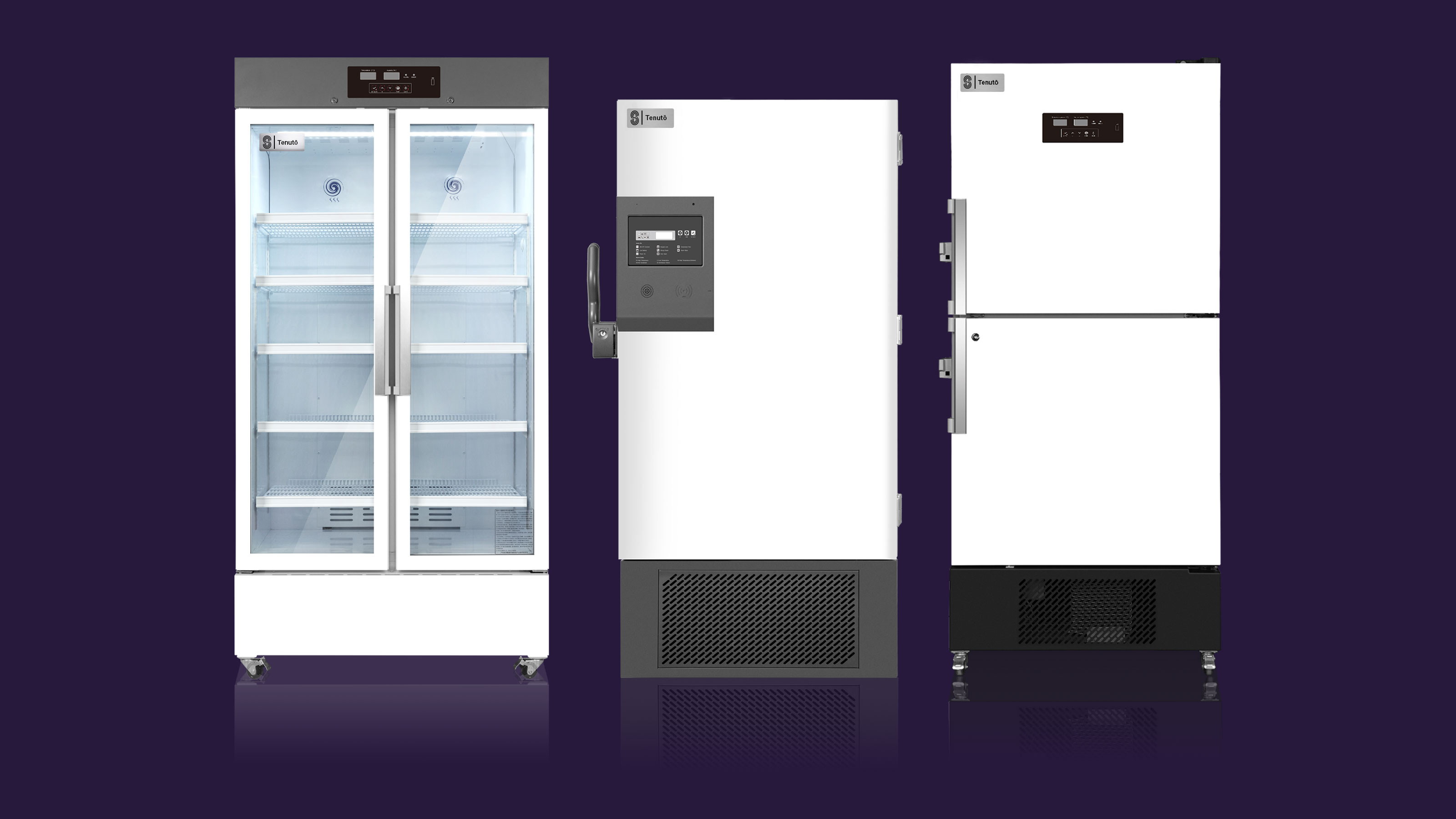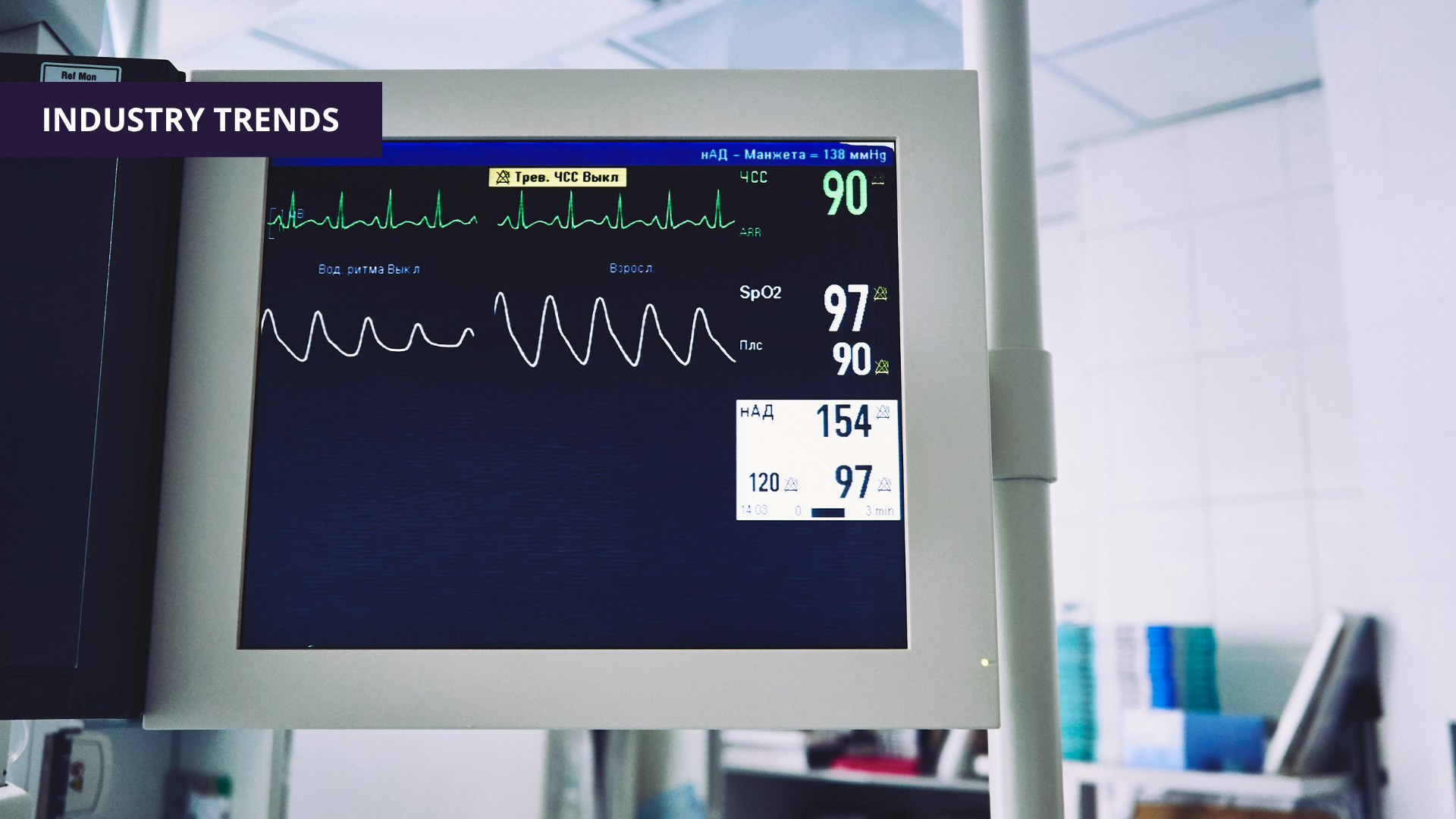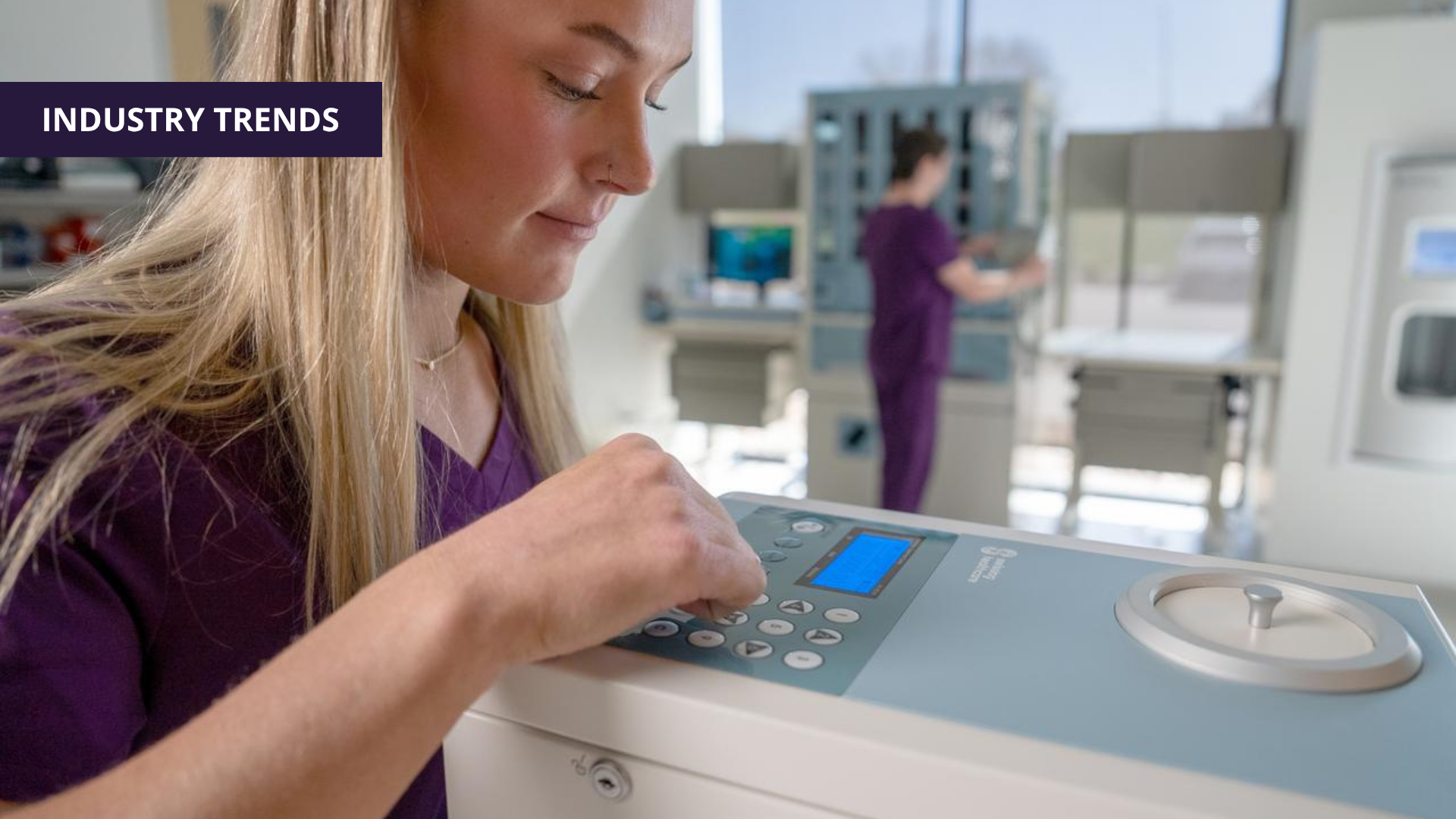Adopting Green Technology Could Give Hospitals an Edge

Adopting Green Technology May Benefit Hospitals
Given the nature of the services provided, achieving energy efficiency in hospitals has always been a challenge. Lighting, HVAC, security, elevators, medical equipment, cleaning and sterilization systems, and operating rooms are active 24/7 365 days a year. Unsurprisingly, the Environmental Protection Agency (EPA) ranks inpatient health as the second largest commercial energy user in the U.S., representing 10% of all commercial energy usage each year.
Waste has also been an ongoing issue for hospitals. According to the EPA, up to 30% of energy is used unnecessarily by hospitals and other buildings.
All this energy usage and waste comes with a price tag. The average inpatient facility spends about $72,000 per month for electricity.
Leadership is waking up to the need to reduce waste and improve hospital energy efficiency.
The need for hospitals to more efficiently handle energy use goes hand-in-hand with the need to reduce carbon emissions. Healthcare providers are recognizing the benefits of updating old, inefficient systems and processes within their facilities and bringing them into compliance with the latest energy and green initiative guidelines.
Saving Energy In Hospitals Offers Several Advantages:
- Saves money. Reducing energy reduces electric bills. University of Pittsburgh Medical Center put energy-saving technologies and programs in place to help them save an estimated $350,000 per year in energy costs.
- Supports a green hospital environment. The push to adopt a greener footprint by reducing toxic emissions and conserving energy continues to gain momentum in the form of legislation as well as in public opinion.
- Reduces downtime. Systems that are well maintained and using the latest technologies are, in addition to being more energy efficient, less likely to have issues and break down.
- Good for business. Hospitals that adhere to higher energy efficiency standards can, in addition to receiving tax credits, potentially earn accreditations, attract more patients, and improve their standing in the community.
How Green Is Your Hospital?
Hospitals are recognizing the benefits of adopting green initiatives. BCC Research has forecasted the green hospital market to reach $14 billion by 2027. Green practices within hospitals are now covering a wide range of areas, from the use of eco-friendly building materials to waste management practices to energy efficiency.
Hospitals are also getting involved in voluntary efforts such as The Health Sector Climate Pledge, introduced by the U.S. Department of Health and Human Services. Taking the pledge commits the healthcare provider to participate in efforts to meet the goal of reducing greenhouse gas emissions by 50% by 2030 and net zero emissions by 2050. While it is a voluntary program, it includes an aggressive schedule of goals and milestones.
Participating in green initiatives may also make economic sense for hospitals. According to the Decarbonization and Resilience Initiative, starting in 2026, the CMS may begin asking hospitals to report emissions. Those who are already taking steps to greenify will be a step ahead and find it easier to integrate these new requirements into their existing program.

What Can You Do To Optimize Hospital Energy Efficiency And Support a Greener Environment?
- Utilize alternative energy sources. Many hospitals, in efforts to reduce their reliance on traditional energy sources, have installed solar panels to generate electricity for lighting and to power medical equipment.
- Keep your systems and machines clean. As an example, pneumatic tube systems are active all day long. Any debris buildup can impede movement, requiring more energy to move the carriers through the system. Blowers and tubes should be cleaned out regularly.
- Reduce your plug load. Plug-in electricity represents about 6-15% of all electricity used by hospitals, according to a report from the U.S. Department of Energy. To help address this, many hospitals are replacing old equipment with energy-saving systems. This may include connecting smart sensors that monitor energy levels to systems that can automatically put a system into sleep mode when not in use.
- Update and upgrade your systems. Older systems can use a considerable amount of energy. Newer components are more likely to conform to the latest energy standards and operate more efficiently.
- Embrace energy-efficient best practices. Integrate energy efficiency and climate resilience into your strategic plan. Assign a leader at the executive level to work with agencies and other organizations to ensure compliance with evolving regulations and enforce the use of best practices throughout the hospital.
Leaders will continue to be challenged to achieve greater hospital energy efficiency in ways that do not compromise the quality of care for their patients. They will need to do so in an environment demanding a more patient-centered approach.
These challenges, however, must be addressed sooner, rather than later, as regulations tighten and mandates replace many of the voluntary initiatives. Hospital leaders who are able to rise to these challenges will have a unique opportunity to make a significant contribution to a greener, more energy-efficient world for their patients today and for future generations.








